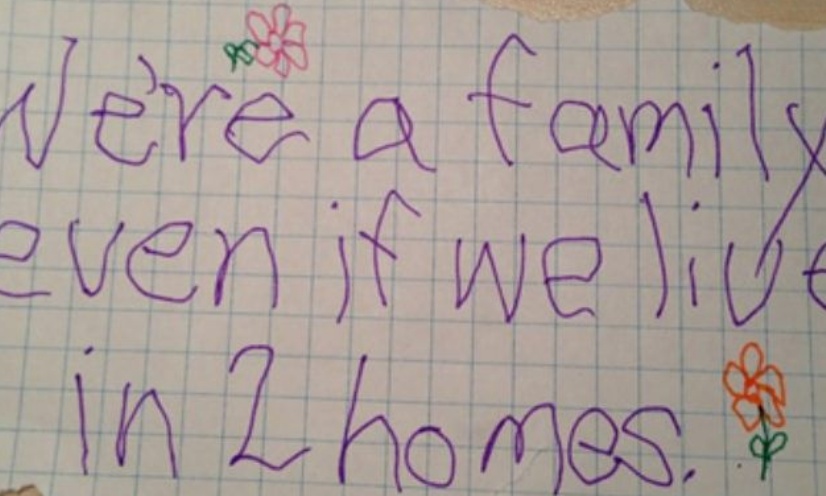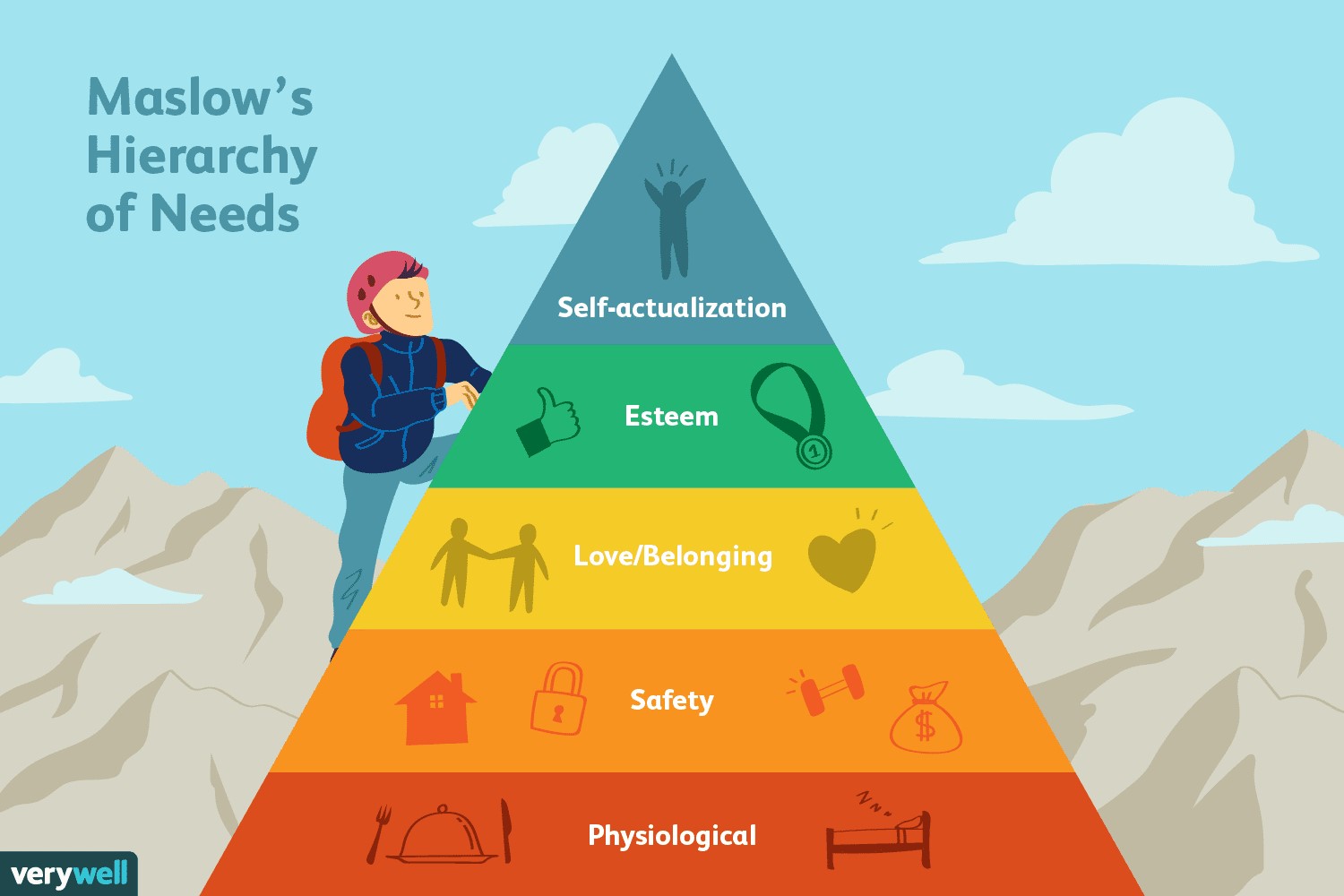Living in Two Homes

"Let me share something personal with you: I live in two different places!"
I’m one of those people you read about or hear about in the media who, in later life, chooses, for a variety of reasons, to be in an ‘apartnership’ ie. We live apart although we are together. For us, for practical reasons, this largely means I spend some time each week living in different locations. This is our choice and we are very happy with it.
It’s not, however, completely straightforward and there are times when it can be very annoying. eg. If you’ve left something behind or when you are really tired and would prefer not to make your way back to the other place although tomorrow will work better if you do! It has taken several years of experimenting and adjusting to get to a point where it works as happily as it does and is clearly a better option than living full-time together. There have been times when I’ve felt very dislocated and haven’t felt like I have a proper ‘home’. That is, however, to be expected.
 If we consider Maslow’s Hierarchy of Needs, we know that physiological and safety needs are basic. Without them, we can feel very insecure and will have difficulty accessing our more sophisticated needs.
If we consider Maslow’s Hierarchy of Needs, we know that physiological and safety needs are basic. Without them, we can feel very insecure and will have difficulty accessing our more sophisticated needs.
I often think that, in a way, I am like one of the many young people in this school who also have a split existence, between two homes. The big difference is that, for me, this is a choice, and one that I’ve worked on gradually. For most young people, it’s not their choice and can happen suddenly. This means that, along with a sense of dislocation and insecurity, there can be a feeling of helplessness and loss of control. It’s not unusual or surprising then, to see young people acting out in various ways when they are in this position, as they try to assert some control or create a sense of security. They might, for example, become very angry and protective around possessions (eg. phones, clothing, toys) or their time (eg. not wanting to spend ‘family time’, skimping on homework or music practise) or their relationships (eg. refusal to accept a parent’s new partner or their children) or their space (eg. wanting to eat alone, spending a lot of time in ‘their’ bedrooms). Eating disorders are also a possible reaction; it is often thought that they fulfil a need to take control.
So what can you do to promote your young person’s well-being if they live in two homes?
Here are some suggestions:
- Sympathy, not criticism, when something ends up in the wrong location. Yes, it’s good to encourage independence and responsibility but still be as helpful as you can about things being forgotten. Living in two places is an additional burden that has probably not been chosen.
- Money spent on duplicates. I spent many years working free-lance which made me give my time a monetary value. It’s a lot less costly in time, energy and emotion to double up on some of my key possessions. My well-being has definitely improved since I invested in duplicate phone chargers, running shoes, waterproofs and wellies, to name but a few!
- Ownership of some space. I know this can be really hard but if you can provide your child with their own space in both places, it will help. Allow them choice over décor and furnishing. If ‘their’ room is going to have to double up as, for example, your study, then work together with them on making it work for both of you.
- Include your young person in decisions about housing. If you’re at the point of choosing a different property, take your child to the viewings and really pay attention to their preferences. Ensure that the journey between their two homes is going to be as short and straightforward as humanly possible.
- Accept that time and energy is going to be taken up for all of you. Be mindful of how much extra it’s reasonable to expect your child to take on after school and how much that will impact on you too.
- Attend to creature comforts. Make sure the bedding is what your child is used to and their favourite drinks, treats, cereals etc are available at both homes.
- Think about pets. My dog goes where I go – but the family pets may have to stay in one location. Be aware that this can be really upsetting and do what you can to help.
- Think about your young person’s friendships. Although it can be difficult, do what you can to help your children maintain friendships which may now be at a distance. Be sensitive to any other changes in social relationships which may occur.
We often talk up young people’s resilience and it’s true that they often cope with change far better than older people who have become more inflexible and set in their ways – like me! Living in two homes, however, can still be very unsettling (back to Maslow!) and the huge difference between my situation and that of most ‘suitcase kids’ is that I chose mine.
Finally, if you’re the friend of a parent whose children are in this position or the parent of a young person whose friends are, then you can be a vital supporter, especially with point 8 above.
I hope my suggestions are some help in what I know can be a very stressful situation for everyone involved, not just the young people!
Meg Harper - Head of Counselling














